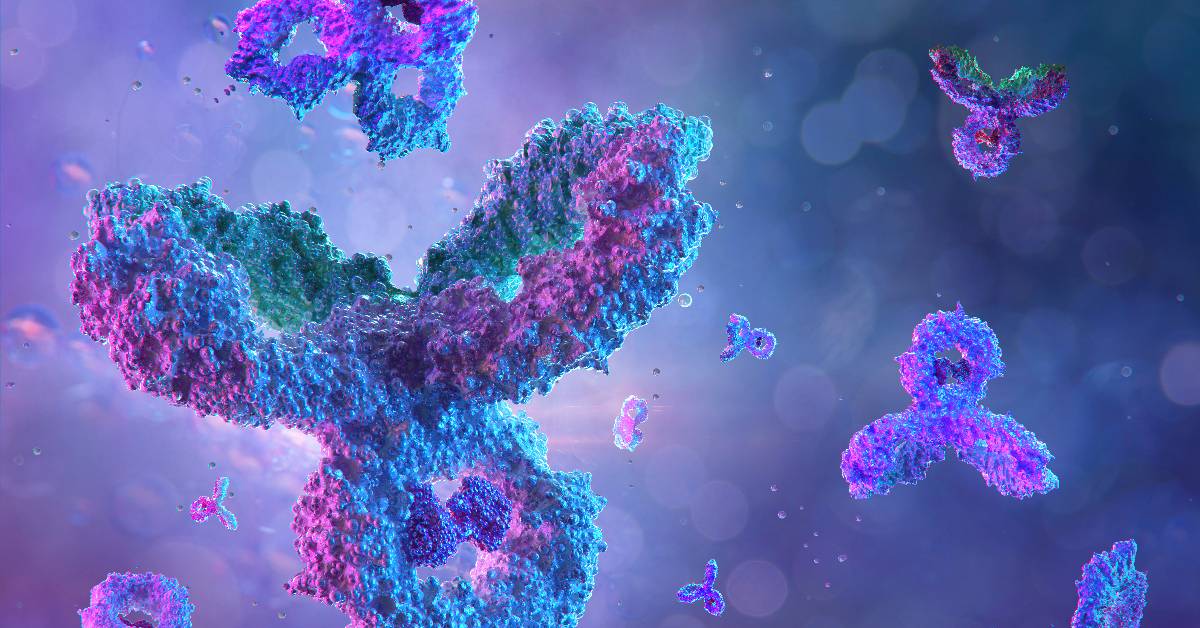
In an eagerly awaited judgement, the US Supreme Court has affirmed the standard applied by the lower courts for assessing whether a patent meets the ‘enablement’ requirement.
Summary
US patent law requires a patent to contain an enabling disclosure of its claimed subject matter, known as the ‘enablement’ requirement. This derives from 35 USC § 112(a):
“The specification shall contain a written description of the invention, and of the manner and process of making and using it, in such full clear, concise, and exact terms as to enable any person skilled in the art to which it pertains … to make and use the same”.
In a 2021 decision, the Court of Appeals for the Federal Circuit held that for a patent to meet this requirement the specification should allow those skilled in the art “to reach the full scope of claimed embodiments” (i.e. to identify and make all or nearly all embodiments of the claimed invention) “without substantial time and effort”. This called into question the validity of ‘genus’ patents directed to compositions defined by their function, rather than their structure, particularly in the biotech/life sciences sphere, where relationships between the structure and function of compounds are often unknown or unpredictable.
We reported in 2022 that the Supreme Court had agreed to review this decision. Following a hearing in March, the judgement has now been issued, affirming the decision of the Federal Circuit. The current strict approach to claims directed to subject matter defined by function can therefore be expected to continue.
Background
As we previously reported, the Supreme Court decision arises from a long-running patent battle between Amgen on one side and Sanofi and Regeneron on the other. The patents relate to anti-PCSK9 antibodies, which can be used for treatment of high cholesterol. LDL (“bad cholesterol”) is removed from the blood by the LDL receptor (LDLR). PCSK9 binds LDLR and causes its degradation, preventing removal of LDL from the blood. Amgen obtained a US patent which covers its specific anti-PCSK9 antibody, Repatha®, as well as two broader patents for antibodies which (i) bind to PCSK9 at any of the residues through which it interacts with LDLR, and (ii) block the interaction between PCSK9 and LDLR.
Sanofi and Regeneron also have an antibody against PCSK9 on the market under the brand name Praluent®. Back in 2014, Amgen sued Sanofi and Regeneron for infringement of its two broad patents (hereafter, “the Amgen patents”). Both the District Court and the Federal Circuit found the Amgen patents invalid, resulting in Amgen appealing to the Supreme Court.
The Supreme Court Case
The Amgen patents provided the sequences of 26 anti-PCSK9 antibodies which met the functional requirements of the claims. It was common ground that the claims covered potentially vast numbers of antibodies which were not exemplified, and that the sequences of other antibodies meeting the functional requirements could not be predicted. However, Amgen argued that their claims nonetheless met the enablement requirement, because their patents provided two methods by which antibodies falling in the claims could be identified: a “roadmap” (screening of anti-PCSK9 antibodies to identify those with the desired properties), and “conservative substitution” (rationally substituting residues in the 26 exemplified antibodies to identify functional variants).
In a unanimous judgement citing case law dating back as far as the 1840s, and taking in litigation relating to Thomas Edison’s lightbulb, the Court stated that their consistent position has been that the more a party claims for itself, the more it must enable: where an entire class of products (or methods) is claimed, the specification must enable the skilled person to use the entire class. The Court emphasised that it is not necessary for a patent to describe every embodiment in a claimed class – describing a small number of examples can suffice if the class is characterised by some particular quality (a caveat which has been applied by the lower courts and USPTO as meaning that functionally-defined claims are acceptable if the structure of subject matter having the claimed function can be predicted). It is also acceptable for the specification to leave the skilled person to perform some measure of adaptation or testing.
In the case at hand, the Court held that the approaches proposed by Amgen for identifying antibodies falling within the claims were essentially trial and error methods which forced scientists to engage in painstaking experimentation. This was not considered to meet the enablement requirement, and as a result the judgement of the Federal Circuit was affirmed, and the Amgen patents invalidated.
Future Perspectives
For some years now, the requirements of written description and enablement, as set out by the Federal Circuit, have made it hard for patent applicants to obtain broad, functionally-defined ‘genus’ claims in the US. This decision of the Supreme Court affirms current practice, but doesn’t alter it, and so patent applicants should not expect to see a change in approach at the USPTO. The impact may be greater on older patents granted with broad, functionally-defined claims which do not comply with the enablement standard now applied by the Federal Circuit. This Supreme Court judgement shuts the door on the possibility of this standard being lowered.
One of the interesting aspects of this case has been the alignment of major pharmaceutical companies into two camps when considering the validity of functionally-defined genus claims. Such claims are a double-edged sword for big pharma. They effectively allow companies to monopolise whole therapeutic areas, protecting themselves from rivals selling similar products, or bringing in royalties from licensing agreements, but the same companies risk finding their own products blocked from entering the market by their competitors, after the investment of potentially hundreds of millions of dollars.
In their arguments before the court, Amgen argued that the enablement test as applied by the Federal Circuit was contrary to the public interest as it risked destroying incentives for “breakthrough inventions”. The Court dismissed this argument as a question of public policy belonging to Congress, rather than a legal argument relevant to their deliberations. In any event, big pharma showed itself to be divided on the issue, and we will be watching the impact of this decision on other ongoing US litigation in this space.
This decision also emphasises the growing gulf between enablement practice in the US and Europe, where functionally-defined claims remain allowable, at least in some circumstances. For example, patents to antibodies based on the epitope they bind continue to be granted and upheld at the European Patent Office (see our recent article here for more information). Interestingly, Sanofi has launched revocation proceedings against a European Amgen patent in the same family (relating to anti-PCSK9 antibodies) at the Unified Patent Court (UPC), the brand new EU patent court. Having rewritten enablement practice in the US, it looks like Sanofi is now looking to do the same in Europe. We look forward to watching the case progress on this side of the pond, and will keep you updated on developments.
Ed handles patent work across the life sciences/biotech field, with a particular focus on antibody therapeutics, cell therapy and vaccines. Outside of the medical sphere he also has extensive experience in enzyme technology. Ed is very experienced in drafting patent applications and prosecuting them around the world, and also handles opposition and appeal work at the European Patent Office.
Email: edward.couchman@mewburn.com
Sign up to our newsletter: Forward - news, insights and features
Our people
Our IP specialists work at all stage of the IP life cycle and provide strategic advice about patent, trade mark and registered designs, as well as any IP-related disputes and legal and commercial requirements.
Our peopleContact Us
We have an easily-accessible office in central London, as well as a number of regional offices throughout the UK and an office in Munich, Germany. We’d love to hear from you, so please get in touch.
Get in touch

